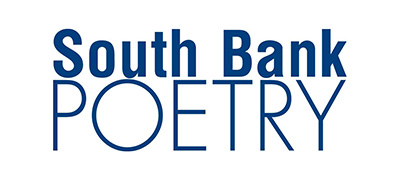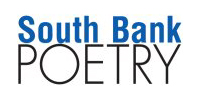Poetry and Art
To say that there is a fine line between poetry and visual art would be an understatement. Poetry and art have a long tradition of being mutual lovers; destined by the stars to keep meeting. From Homer and Keat’s writings inspired by visual art to David Hockney’s paintings based on poems, the relationship between poetry and art has always been consistent. Unlike Romeo and Juliet however the lovers have remained true and steadfast.
Is this because there are so many similarities between the two forms or is poetry a convenient muse for artists without inspiration and art a handy stimulus for poets who lack the imagination to create?
The two art forms are often closely linked but come from completely different parts of a person’s mind and the similarities between the two are often over hyped when in fact they are created using different muscles of the mind. So to simply emphasise the similarities between them without looking for anything else is only analysing part of the story as more separates the two than unites them.
To rely on someone’s image constantly is not the same as creating your own. Inspiration that relies on another form of art should be, like one of the main ideas behind the art of improvisation; the concept of “yes and”. This is the taking of an initial idea and adding to it, thus creating another concept, while engaging and answering, thus creating a dialogue. This is something brilliant artists do, while less successful artists fail to do. To simply describe someone else’s image is stealing, and stealing badly, which is not creating or adding any layers of image or meaning.
How easy is it to create an original image that doesn’t rely on someone else’s artistic vision? And how important is originality when creating art?
On this topic of conversation David Hockney is quoted as saying “there’s no such thing as a copy, really” adding that “everything is a translation of something else, no matter how it’s done.”
David Hockney’s relationship to words began out of poverty, when due to a lack of financial means, he was forced to work in the printmaking department at the Royal College of Art as a means of having access to free art supplies, as they handed them out for free. This leads me to ask the question what would have become of Hockney and his art without the formative influence of poetry in his life.
Guardian journalist Blake Morrison says of the relationship between Hockney’s art and poetry that inspires him “the prints don’t so much illustrate the poems (an impossible task in any case) as convey the eroticism underlying them; they make plain what Cavafy was forced to disguise.” Do Hockney’s art works therefore add to the original poem, creating further layers, stripping the top coat of paint off a poem to reveal the poem’s true intention? Or do they detract from the original poem?
Is it wrong to pose the question, given everything I have said, of whether poets and artists who rely solely on other mediums and preexisting ideas for inspiration are real makars? I don’t think so. But that’s just my own personal view.
My own view on the subject, is that it is relatively easy to describe but harder to create and to create something out of nothing. Poetry after all “makes nothing happen”, which I think rather than a criticism is a positive critique about the role of poetry; that is to say, poetry transforms nothingness into something very real, in the same way that words create worlds from nothing. The very art of writing poetry should be hard. Creating is hard. Why else would we do it?
K.A. Lockton
Publisher of SBP





